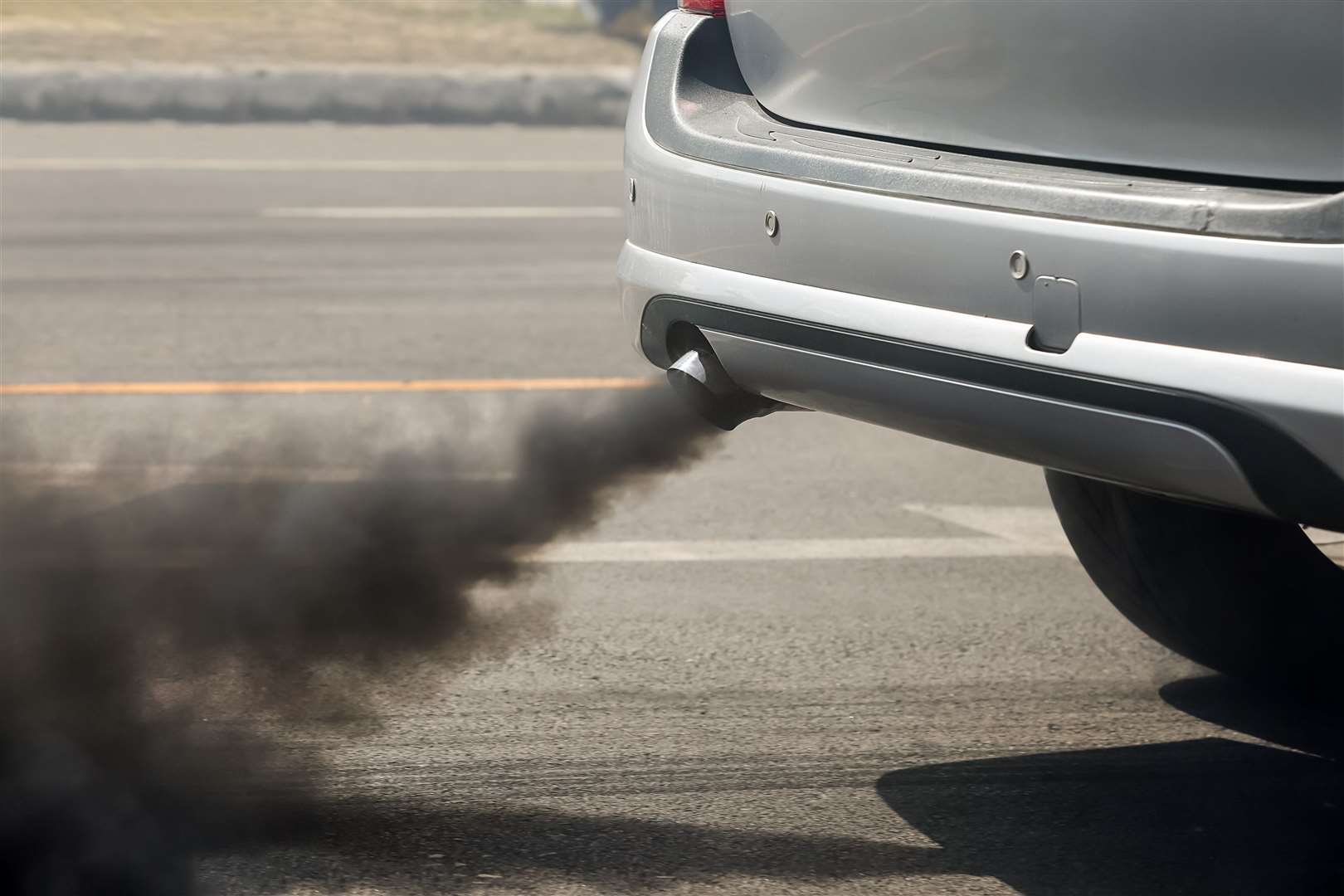Air pollution at St Stephen's Road, Canterbury could be much higher than official figures
Published: 00:01, 19 March 2019
Harmful pollutants are reaching levels in Canterbury almost 10 times higher than the legal annual average, new figures suggest.
Data collected by a clean air campaigner in two traffic-plagued spots in the city shows nitrogen dioxide readings as high as 381 micrograms per cubic metre at peak times.
Under UK law, the upper limit for average nitrogen dioxide concentration in a given year is 40.
Scroll down for video about other dangerous pollution levels

The alarming readings were recorded in St Stephen's Road - a popular route for primary schoolchildren - but city council figures for the area in 2018 reveal averages of only 33 and 38.5.
It has led to calls for the authority to fund EarthSense Zephyr monitors, which record readings every 10 seconds, as opposed to the monthly averages provided by more common diffusion tubes.
They were used last month by Stephen Peckham, the University of Kent’s professor of health policy, to collect data at level crossings in St Stephen’s Road and St Dunstan’s.
He says current legal requirements, which only oblige councils to report monthly averages of nitrogen dioxide, do not take into account widely varying levels at different periods of the day and could mean that dangerously polluted areas are missing out on government funding.
“That doesn’t tell you that during the day, the levels are much, much higher,” he explained.
“For the last few months, we have had two more sophisticated monitors at level crossings in Canterbury.
“What we are getting are levels which are substantially higher than what we have got for an average.
"That’s because at night it’s very low, and during the day it’s much, much higher.”
On Monday, February 25, readings at the busy crossing averaged 75.9 micrograms per cubic metre between 7am and 7pm, but shot up to 87 during the morning rush-hour between 8am and 9am, and 119.6 between 6pm and 7pm, peaking at 381.
Although Canterbury City Council has diffusion tubes in 40 spots across the city, Professor Peckham says this does not go far enough.
“It’s all very well having an average that includes the night, when the levels are zero, but people don’t tend to be walking along at night-time,” he said.
"They are at 8.30am.”
Children can also be exposed to up to 60% higher levels [of pollution] than those measured by static monitors.
"They’re nearer the ground, and exhausts are at ground level, and children breathe faster so they’re taking in more air," said Professor Peckham.
“There’s a lot of evidence that shows that short-term exposure can impair cognitive behaviour during the day.
"And there’s a lot of children that walk along that stretch of road, because of the school.”
The University of Kent currently has two EarthSense monitors and Prof Peckham hopes that if funding can be secured for an additional four, better data can be obtained in other congested areas of the city such as Wincheap and the St George’s Place ring-road.
“We need to be much, much more robust in Canterbury in our response to the way we deal with this problem," said Professor Peckham.
"My own view is that the air quality action plan the council has produced will not meet its targets by 2023.
“What we hope to do is start to get better data across other areas of Canterbury.
“We want to inform people about this, because the more informed people become, the more likely they are to start to change their own behaviour.
“Good data means that local residents are more empowered, which means that if they want to take more practical action, they can then use the data to put the pressure on - whether that’s on the council, local businesses or schools."
WATCH: Maidstone was earlier revealed to have one of the country's most dangerous levels of air pollution
Canterbury City Council spokesman Rob Davies says the authority recognises air quality is a problem and action is being taken to bring down pollution levels.
“Our air quality monitoring activity is carried out in line with Local Air Quality Management Technical Guidance and is reported in our statutory work,” he explained.
“We have an extensive monitoring network of 58 nitrogen dioxide (NO2) diffusion tube sites across the district, with 40 of these being in Canterbury.
"These give monthly readings of NO2, which are used to determine compliance with the annual air quality objective, and we review their locations every year.
“Air quality sensors, such as the Zephyr, are not Defra-approved, but in terms of real-time monitoring, we already do this using sophisticated Defra-approved equipment at two sites.
"One of these is located along Military Road, which is one of the highest polluted areas.
“But while monitoring is obviously important, we already know air quality is an issue, so the key point is not about doing more monitoring, but actually taking action to try and tackle the issue.”
He cited improvements to park and ride, a new park and pedal scheme, and the installation of electric vehicle charging points.
More by this author
Anna MacSwan